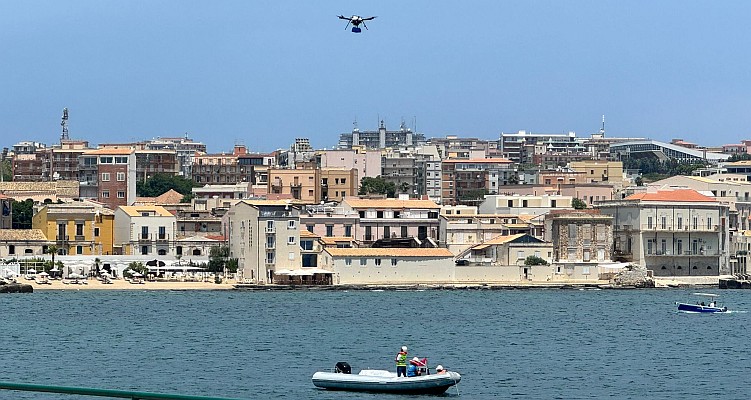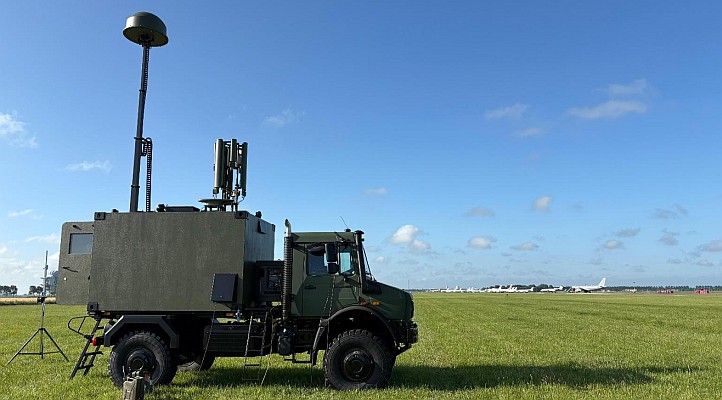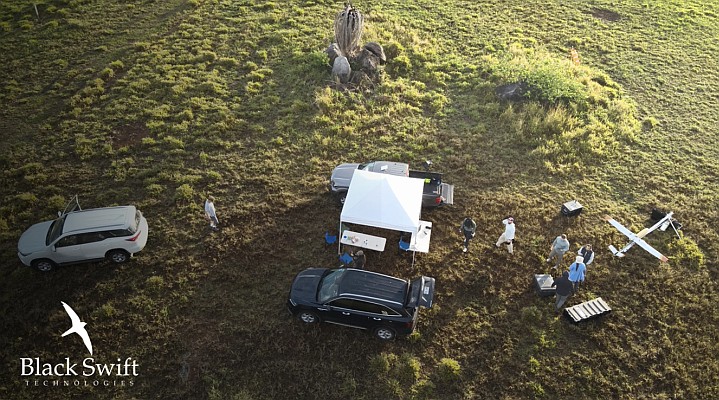Global Spatial Data Infrastructure (GSDI) Association, the Permanent Committee on GIS Infrastructure for Asia & the Pacific (PCGIAP) and the Singapore Land Authority (SLA) have jointly organised the GSDI 12 World Conference, held in conjunction with the 16th PCGIAP Annual Meeting in Singapore. The conference and exhibition will be held from 19 – 22 October 2010 at Singapore’s Suntec International Convention & Exhibition Centre.
The theme of the conference is “Realising Spatially Enabled Societies” which will see a confluence of geospatial professionals and practitioners across the globe. The conference provides the perfect forum for the global geospatial community from government, private industry and the academic community to network, learn and share their experiences in geospatial information and technologies as well as in the development of location-based services.
In his opening address, Guest-of-Honour for the event, Acting Minister for Information, Communications & the Arts, Mr Lui Tuck Yew, said “For a geospatial environment to take root and flourish, both top-down support and bottom-up approach are necessary. In time, geospatial technology will be integrated into our daily lives and people can use geospatial application developed by businesses to improve the quality of lives. Only when the government, businesses, the community and individuals contribute to the infrastructure will we be truly a spatially-enabled society”.
Leading industry players will also be showcasing their latest geospatial technologies at the exhibition. There are about 24 international and local exhibitors, such as Esri, HP, Sokkia, GPS Lands (Singapore) Pte Ltd, CRISP National University of Singapore and Institute of High Performance Computing.
Chief Executive, SLA, Vincent Hoong, said: “Using spatial information, Governments, businesses and individuals are empowered to make better and more informed decisions, creating not only sustainable economic growth, but social and environmental stability as well. There is no doubt that being a spatially enabled society is a worthy goal. The challenge today lies not in convincing others of the myriad possibilities of spatially enabled societies but in executing, implementing and making it a reality in our world today”.
President, GSDI Association, Abbas Rajabifard, in his opening remarks cited some examples of recent disasters and said: “whether these recent disasters are natural or man-made is of little consequence. The most important issue is the relief and alleviation of the consequences and hopefully, forestalling their re-occurrence. These events underscore the demand for a spatially enabled society, and demands for further innovations, to make better use of the available spatial information, and the creation of new, smart applications to harness, integrate and interpret spatial data to better plan and respond to global challenges.”
Hiroshi Murakami, Vice-President of PCGIAP added: “disaster risk reduction is a very important theme in this region. It is now commonly understood that geospatial information and related services are indispensable tools to support disaster mitigation and management, which means that National Mapping Agencies are to play a crucial role for effective disaster management”.
Follow us on Twitter.






